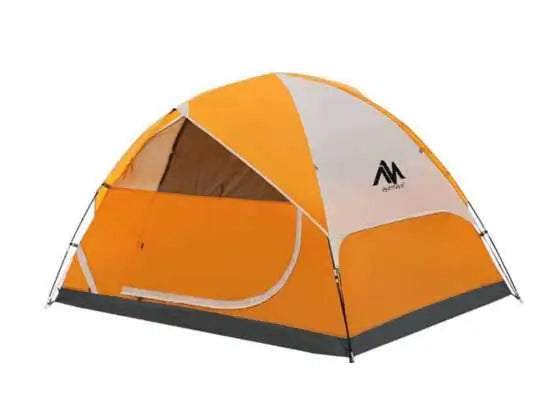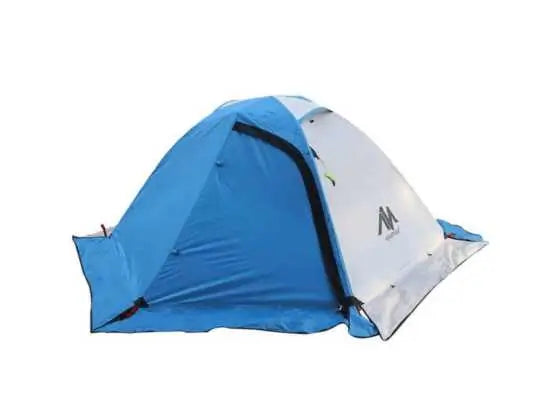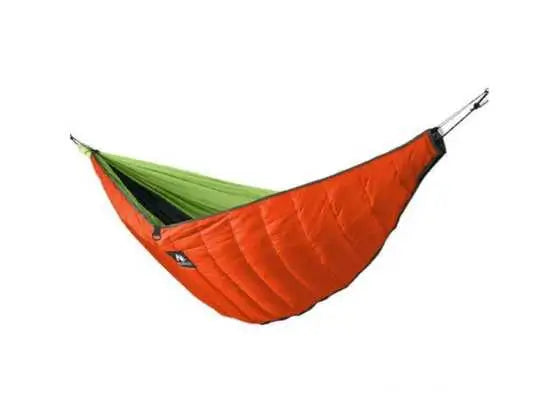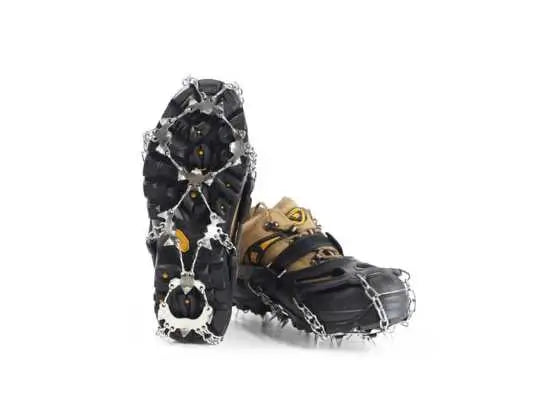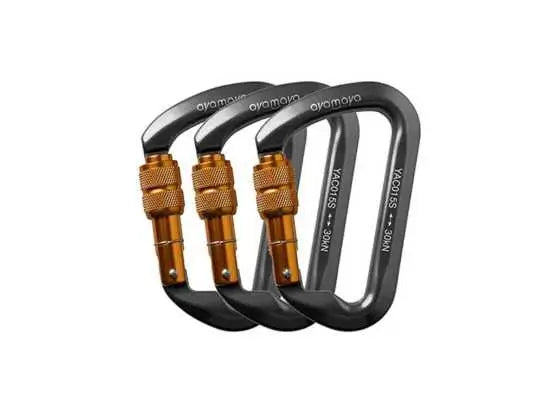Whether you're a seasoned camper or just starting your outdoor adventures, mastering essential knots is a fundamental skill. These knots serve both safety and utility purposes, ensuring you can navigate various camping scenarios with confidence. In this guide, we'll delve into the art of knot tying, exploring different types of knots and their practical applications in camping, so you can be well versed in the world of knots!
Chapter 1: Basic Knots for Camping
Every camper's journey begins with mastering the basics. These fundamental knots lay the foundation for more complex techniques. Let's explore the essential camping knots that every outdoor enthusiast should know.

Square Knot: This versatile knot is ideal for joining two ropes of equal diameter. It's a go-to for securing loads, creating makeshift clotheslines, or bundling camping gear.

Bowline Knot: Known for its strength and reliability, the bowline creates a non-slip loop at the end of a rope. This knot is perfect for securing tents and tarps or for any scenario where a strong, fixed loop is needed.

The Clove Hitch: A quick and simple knot, the clove hitch is excellent for attaching a rope to a post or tree. It's a valuable knot in setting up your campsite efficiently.
Chapter 2: Knots for Securing Tents and Tarps
Ensuring your shelter is secure is paramount in camping. Let's explore knots specifically designed for securing tents and tarps, providing stability in various weather conditions.

The Taut-Line Hitch: This knot is an adjustable loop that's perfect for securing tent guylines. It allows for easy tightening or loosening, adapting to changing weather conditions.

Klemheist Knot: For securing tarps, the Klemheist Knot comes in handy. This sliding knot grips the rope under tension, providing a reliable way to secure tarps for shelter or create a shaded area in your camp.
Chapter 3: Knots for Climbing and Repelling
For those adventurers who explore beyond the campsite, knowing knots for climbing and rappelling is crucial. These knots ensure your safety in vertical environments when paired with a great carabiner.

Figure-Eight Follow-Through: This knot is a fundamental part of climbing systems. It's secure and easy to inspect, making it a reliable choice for tying into a climbing harness.

Prusik Knot: When it comes to rappelling, the Prusik Knot is invaluable. This friction knot allows you to descend or ascend a rope safely, serving as a backup for added security during descents.
Chapter 4: Practical Uses for Everyday Knots
Beyond specific camping scenarios, everyday knots find utility in various situations. Let's explore practical applications for the knots you've mastered, enhancing your overall camping experience.

Two Half-Hitches: This knot is excellent for securing a rope to a tree or pole. It's quick to tie and untie, making it a versatile choice for various campsite needs.

Truckers Hitch: For creating a temporary handhold or foothold, the Trucker's Hitch shines. It's a combination of knots that creates a pulley system, providing a mechanical advantage for securing loads or tightening lines.
Mastering these knots goes beyond practicality – it enhances your connection with the outdoors. Whether you're setting up camp, securing gear, or venturing into more challenging terrain, the art of knot tying is an essential skill that elevates your camping experience. So, grab your ropes, practice these knots, and embark on your next camping adventure with confidence.

